| Mood for the Blues | ||||
|---|---|---|---|---|
 | ||||
| Studio album by | ||||
| Released | 1960 | |||
| Recorded | May 18, June 21 and 27, 1960 | |||
| Studio | Capitol (Hollywood) | |||
| Genre | Jazz | |||
| Label | Capitol T1503 | |||
| Plas Johnson chronology | ||||
| ||||
Mood for the Blues is a 1960 album by saxophonist Plas Johnson. [1]
| Mood for the Blues | ||||
|---|---|---|---|---|
 | ||||
| Studio album by | ||||
| Released | 1960 | |||
| Recorded | May 18, June 21 and 27, 1960 | |||
| Studio | Capitol (Hollywood) | |||
| Genre | Jazz | |||
| Label | Capitol T1503 | |||
| Plas Johnson chronology | ||||
| ||||
Mood for the Blues is a 1960 album by saxophonist Plas Johnson. [1]
The initial Billboard magazine review from February 6, 1961 commenting that "The indomitable tenor stylist performs in front of a full bank of strings and with a robust rhythm section on this set of lushy blues standards." [2]
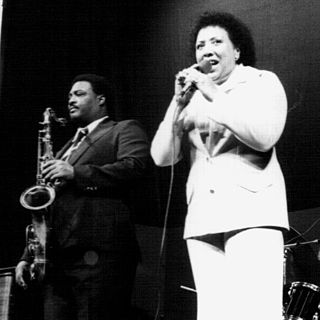
Etta Jones was an American jazz singer. Her best-known recordings are "Don't Go to Strangers" and "Save Your Love for Me". She worked with Buddy Johnson, Oliver Nelson, Earl Hines, Barney Bigard, Gene Ammons, Kenny Burrell, Milt Jackson, Cedar Walton, and Houston Person.

"You Send Me" is a song written and originally recorded by American singer Sam Cooke, released as a single in 1957 by Keen Records. Produced by Bumps Blackwell and arranged and conducted by René Hall. The song, Cooke's debut single, was a massive commercial success, becoming a No. 1 hit on both Billboard's Rhythm & Blues Records chart and the Billboard Hot 100.

Blues Cross Country is a 1962 studio album by Peggy Lee, principally arranged by Quincy Jones, with some arrangements by Benny Carter. The album can be described as a concept album, consisting of a musical journey across the United States through swinging blues songs, many of which were written by Lee with other contributors.
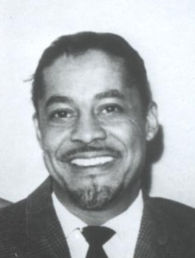
Ernest Aaron Freeman was an American pianist, organist, bandleader, and arranger. He was responsible for arranging many successful rhythm and blues and pop records from the 1950s to the 1970s.

René Joseph Hall was an American guitarist and arranger. He was among the most important behind the scenes figures in early rock and roll, but his career spanned the period from the late 1920s to the late 1980s, and encompassed multiple musical styles.
"I'm in the Mood for Love" is a popular song published in 1935. The music was written by Jimmy McHugh, with the lyrics by Dorothy Fields. The song was introduced by Frances Langford in the movie Every Night at Eight released that year.

Charlie Parker with Strings is the name of two separate albums by jazz musician Charlie Parker, released in 1950 on Mercury Records. It is also the name of a 1995 compilation album released by Verve Records, containing all the tracks from both the 1950 albums, as well as additional material. The sessions place Parker in the context of a small classical string section and a jazz rhythm section, rather than his standard bebop quintet. They were Parker's most popular sellers during his lifetime, and were admitted to the Grammy Hall of Fame in 1988.
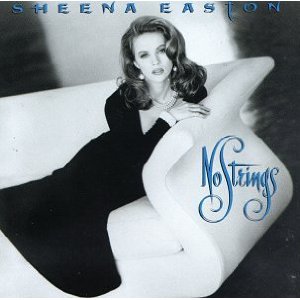
No Strings is Sheena Easton's 11th album and a departure from the pop and R&B style of her earlier recordings with jazz-tinged production arrangements by Patrice Rushen.

Aretha is the debut studio album by American singer-songwriter Aretha Franklin, released on February 27, 1961, by Columbia Records. It features the Ray Bryant Combo. The album is Aretha's first release for Columbia, and is also known under its working title Right Now It's Aretha. Following in the footsteps of her close friend Sam Cooke, Aretha was "discovered" by famed Columbia Records producer John H. Hammond, who on the liner notes of the 1973 edition of "The Great Aretha Franklin: The First 12 Sides" mentions that she was in fact recommended by the composer Curtis Reginald Lewis. With the support of her father, Reverend C.L. Franklin, Aretha traveled to New York City's Columbia Record Studios to record her debut album for the label. Hammond paired Aretha Franklin with Ray Bryant and arranger J. Leslie McFarland, while taking charge of the album's production, which received mixed reviews.
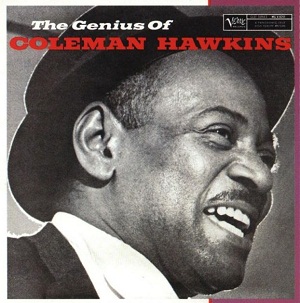
The Genius of Coleman Hawkins is a 1957 album by tenor saxophonist Coleman Hawkins, featuring the Oscar Peterson quartet.

Holiday For Soul Dance is an album by the American jazz musician Sun Ra and his Intergalactic Arkestra recorded in Chicago, mid-1960 and originally released on his own Saturn label in 1970. The album was reissued by Evidence on Compact disc in 1992. Within Ra's catalogue, Holiday For Soul Dance is considered a bit of an oddity as it lacks any tracks written by Sun Ra, although a song written by Phil Cohran, the Arkestra's cornet player, is included. The record is one of a trio of albums recorded between 1959 and 1961, featuring jazz standards, that Ra released in the early 1970s. The others were Sound Sun Pleasure!! and Bad and Beautiful.
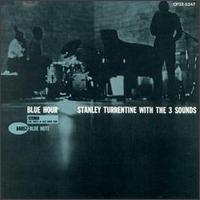
Blue Hour is a collaboration album by jazz saxophonist Stanley Turrentine and The Three Sounds recorded for the Blue Note label and performed by Turrentine with Gene Harris, Andrew Simpkins and Bill Dowdy. The album was reissued in 2000 with an additional disc of unreleased recordings, as Blue Hour: The Complete Sessions.
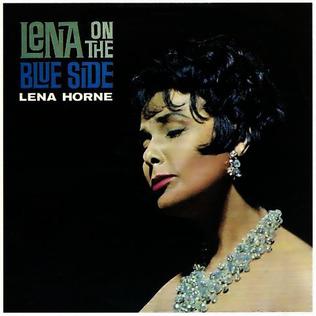
Lena on the Blue Side is a 1962 studio album by Lena Horne, released by RCA Victor in stereo and monoaural in February 1962, recording took place in New York in the summer of 1961. The album features mainly blues inspired songs, a departure for Horne from her usual standards, and recordings from the Great American Songbook. The recordings were arranged and conducted by Marty Gold. The album was received well by the music press and Billboard Music Week of February 1962 rated it with a four star. Charting in the Billboard 200 album chart at # 102. The complete album has only been re-issued on CD in Japan in 1991.

Unforgettable is the twelfth studio album LP record by blues, R&B and jazz singer Dinah Washington, released on the Mercury Records label, and reissued as a compilation album in 1991. The record shows the singer mostly in a pop star role instead of her traditional jazz & blues style. Allmusic reviews the compilation album as saying: "This CD finds Washington singing brief versions of standards in hopes of gaining another hit.". The single "Unforgettable", released in 1959, peaked at #10 on the Billboard 200 chart in 1961, and Dinah's recording of the song was inducted into the Grammy Hall of Fame in 2001.

The Great Blue Star Sessions 1952-1953 is a compilation album by trumpeter Dizzy Gillespie featuring performances recorded in 1952 and 1953 and originally released on the French Blue Star label. Many of the tracks were first released as 78 rpm records and re-released in the US as albums on the Atlantic and Fontana labels such as Dizzy at Home and Abroad and Dizzy Gillespie and His Operatic Strings Orchestra.
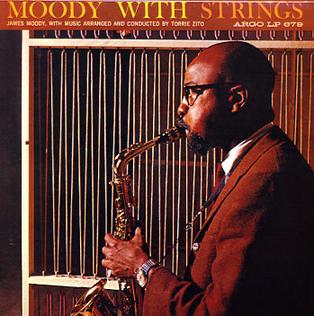
Moody with Strings is an album by saxophonist James Moody recorded in 1960 and 1961 and released on the Argo label.
This Must Be the Plas is a 1959 album by saxophonist Plas Johnson.

Let's Swing! is an album by saxophonist Budd Johnson which was recorded in 1960 and released on the Swingville label.

You Taught My Heart to Sing is an album by saxophonist Houston Person and pianist Bill Charlap recorded in 2004 and released on the HighNote label in 2006.
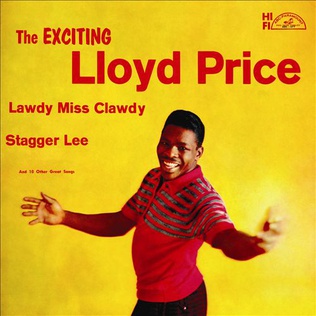
The Exciting Lloyd Price is the 1959 debut album by American singer Lloyd Price.